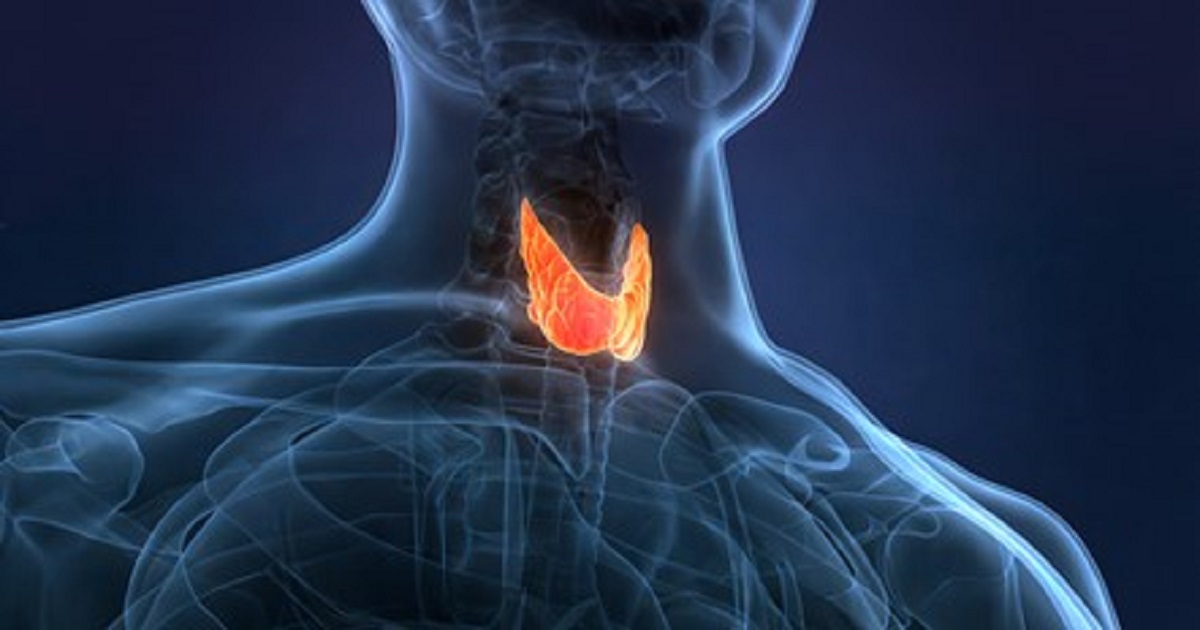Thyroid Cancer: Diagnosis, Prognosis and Treatment
A special issue of Cancers (ISSN 2072-6694). This special issue belongs to the section "Cancer Therapy".
Deadline for manuscript submissions: closed (15 January 2024) | Viewed by 30757

Special Issue Editors
2. Clinic for Nuclear Medicine and Intedisciplinary Thyroid Centre, University Hospital of Zurich, 8091 Zurich, Switzerland
Interests: nuclear medicine; molecular imaging; theranostics; thyroid diseases; endocrine tumors; radiomics; predictive imaging; molecular biomarkers; integrated diagnostics
Special Issues, Collections and Topics in MDPI journals
Interests: thyroid diseases; nuclear medicine; molecular imaging; theranostics; endocrine tumors
Special Issues, Collections and Topics in MDPI journals
Special Issue Information
Dear Colleagues,
Thyroid cancer is the most common malignancy of the endocrine system, representing approximately 4% of all new cancer cases. The prognosis and treatment of thyroid cancer depend on the tumor type and its stage at the time of diagnosis. Early diagnosis and appropriate treatment can improve prognosis and reduce mortality. The well-established treatments (surgery and radioiodine) and new options (molecular targeting drugs) for patients with aggressive thyroid cancers have kept the mortality rate from this malignancy low, despite the increase in its incidence. This Special Issue will highlight the role of different diagnostic procedures (i.e., ultrasound, molecular imaging, laboratory, cytology, and molecular cytology), therapeutic approaches (i.e., surgery, theranostics, hormone therapy, non-invasive procedures, radiotherapy, molecular targeting drugs, redifferentiating agents), and prognostic markers in personalized thyroid cancer treatment.
Prof. Dr. Luca Giovanella
Dr. Petra Petranović Ovčariček
Guest Editors
Manuscript Submission Information
Manuscripts should be submitted online at www.mdpi.com by registering and logging in to this website. Once you are registered, click here to go to the submission form. Manuscripts can be submitted until the deadline. All submissions that pass pre-check are peer-reviewed. Accepted papers will be published continuously in the journal (as soon as accepted) and will be listed together on the special issue website. Research articles, review articles as well as communications are invited. For planned papers, a title and short abstract (about 250 words) can be sent to the Editorial Office for assessment.
Submitted manuscripts should not have been published previously, nor be under consideration for publication elsewhere (except conference proceedings papers). All manuscripts are thoroughly refereed through a single-blind peer-review process. A guide for authors and other relevant information for submission of manuscripts is available on the Instructions for Authors page. Cancers is an international peer-reviewed open access semimonthly journal published by MDPI.
Please visit the Instructions for Authors page before submitting a manuscript. The Article Processing Charge (APC) for publication in this open access journal is 2900 CHF (Swiss Francs). Submitted papers should be well formatted and use good English. Authors may use MDPI's English editing service prior to publication or during author revisions.
Keywords
- thyroid cancer
- ultrasound
- molecular imaging
- fine-needle aspiration cytology
- thyroidectomy
- radioactive iodine
- radioiodine-refractory thyroid cancer
- tyrosine kinase inhibitors
Benefits of Publishing in a Special Issue
- Ease of navigation: Grouping papers by topic helps scholars navigate broad scope journals more efficiently.
- Greater discoverability: Special Issues support the reach and impact of scientific research. Articles in Special Issues are more discoverable and cited more frequently.
- Expansion of research network: Special Issues facilitate connections among authors, fostering scientific collaborations.
- External promotion: Articles in Special Issues are often promoted through the journal's social media, increasing their visibility.
- Reprint: MDPI Books provides the opportunity to republish successful Special Issues in book format, both online and in print.
Further information on MDPI's Special Issue policies can be found here.






